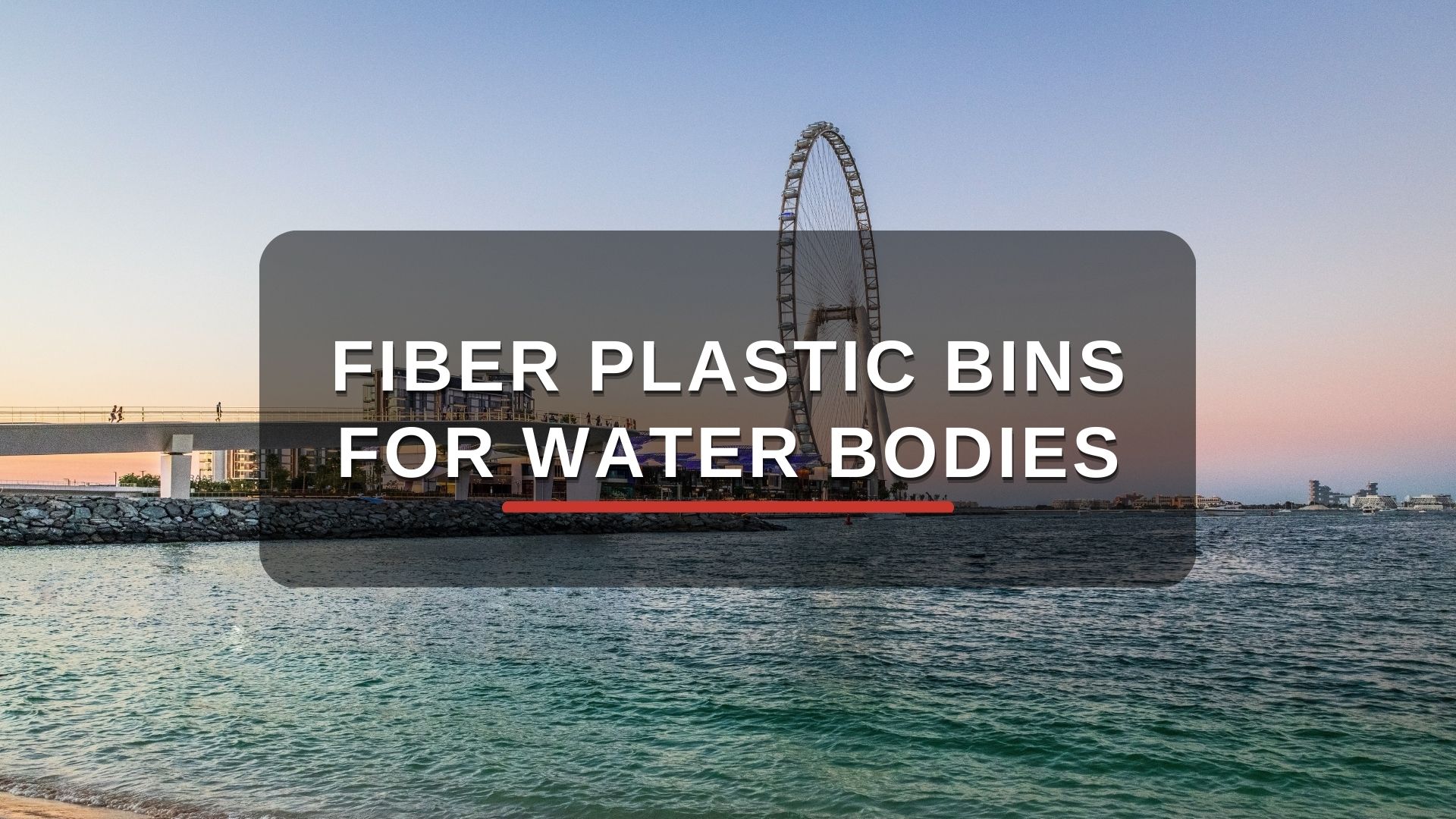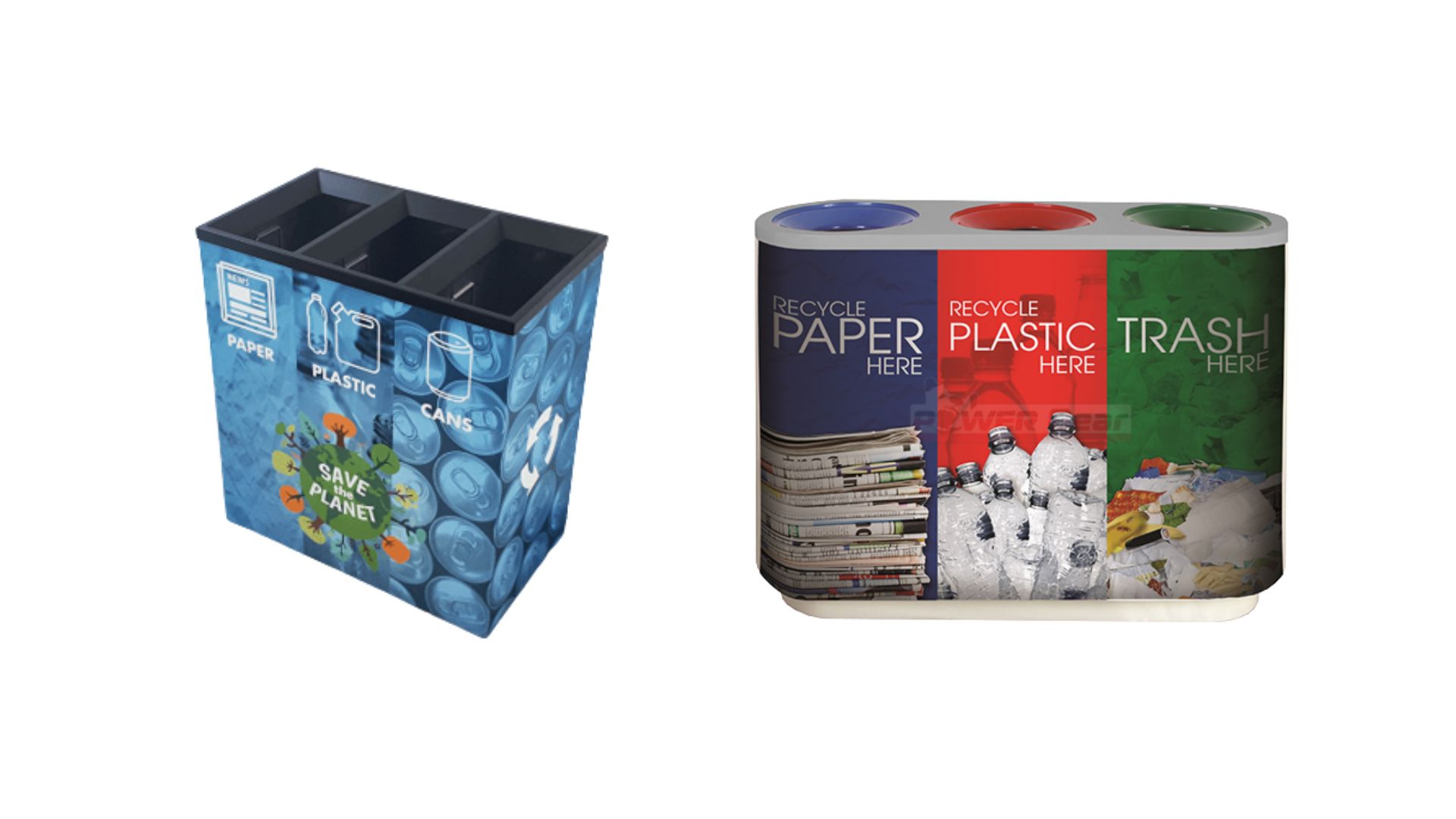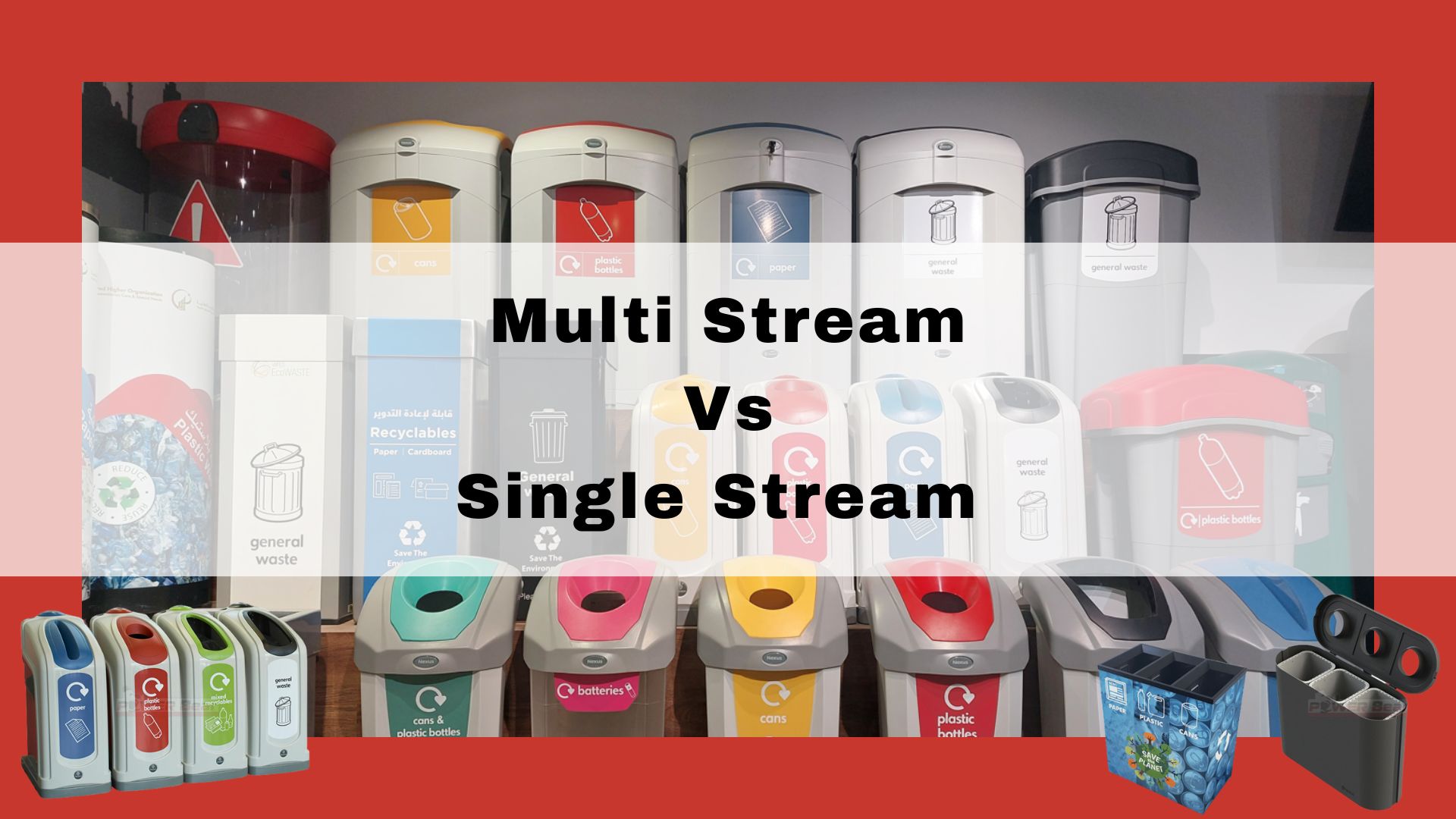
Stainless steel bins are a popular choice for waste management near water bodies, such as parks, beaches, and marinas. However, despite its durability and resistance to corrosion, stainless steel is not completely immune to rust. When exposed to water and moisture, even stainless steel can become vulnerable to rust and corrosion. This not only affects the appearance of the bin but also reduces its strength and lifespan.
One way to prevent rust on stainless steel bins is to coat them with a protective layer. However, this can be costly and requires regular maintenance. Furthermore, it can also affect the design aesthetics of the bin.
Fibre Reinforced Polymers (FRP) bins are an excellent alternative to stainless steel bins. Made from a composite material of fibreglass and resin, FRP bins are highly resistant to rust and corrosion. They are also lightweight and easy to maintain, making them an ideal choice for waste management near water bodies.

FRP bins are made by layering fibreglass and resin to create a strong and durable material. The fibreglass provides strength, while the resin binds the fibres together and gives the bin its shape. The result is a bin that is not only strong and durable but also resistant to rust and corrosion.
FRP bins are also lightweight, making them easy to move and install. They are also easy to maintain, as they do not require any special coatings or treatments to protect them from rust and corrosion.
In addition to their practical benefits, FRP bins also offer design flexibility. They can be made in a variety of colours and finishes, allowing them to blend seamlessly with their surroundings. They can also be custom designed to suit specific requirements, such as size, shape, and capacity.
Furthermore, FRP bins are also eco-friendly. They are made from non-toxic materials and can be easily recycled at the end of their lifespan.
In conclusion, stainless steel bins may be a popular choice for waste management near water bodies, but they are not immune to rust and corrosion. FRP bins, on the other hand, offer similar strength and durability as stainless steel, but with the added benefits of rust and corrosion resistance, easy maintenance, design flexibility and eco-friendly. So, it’s a win-win situation for the environment, design aesthetics and durability.
